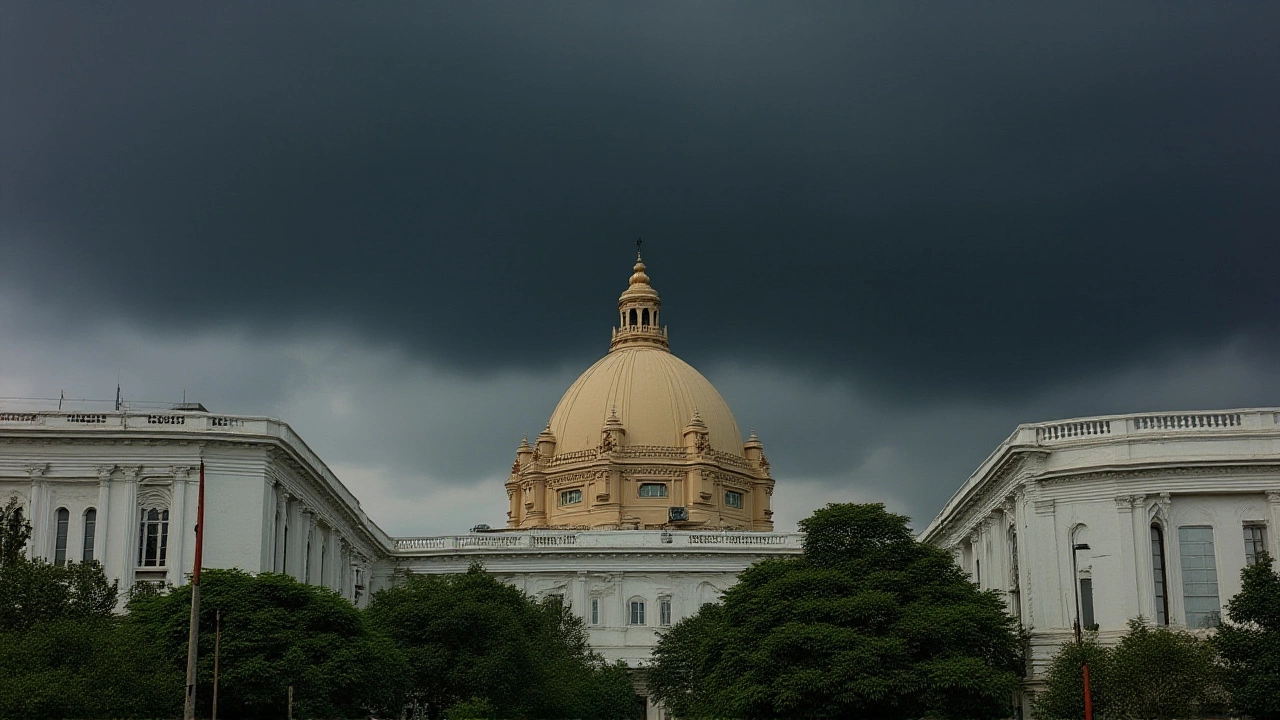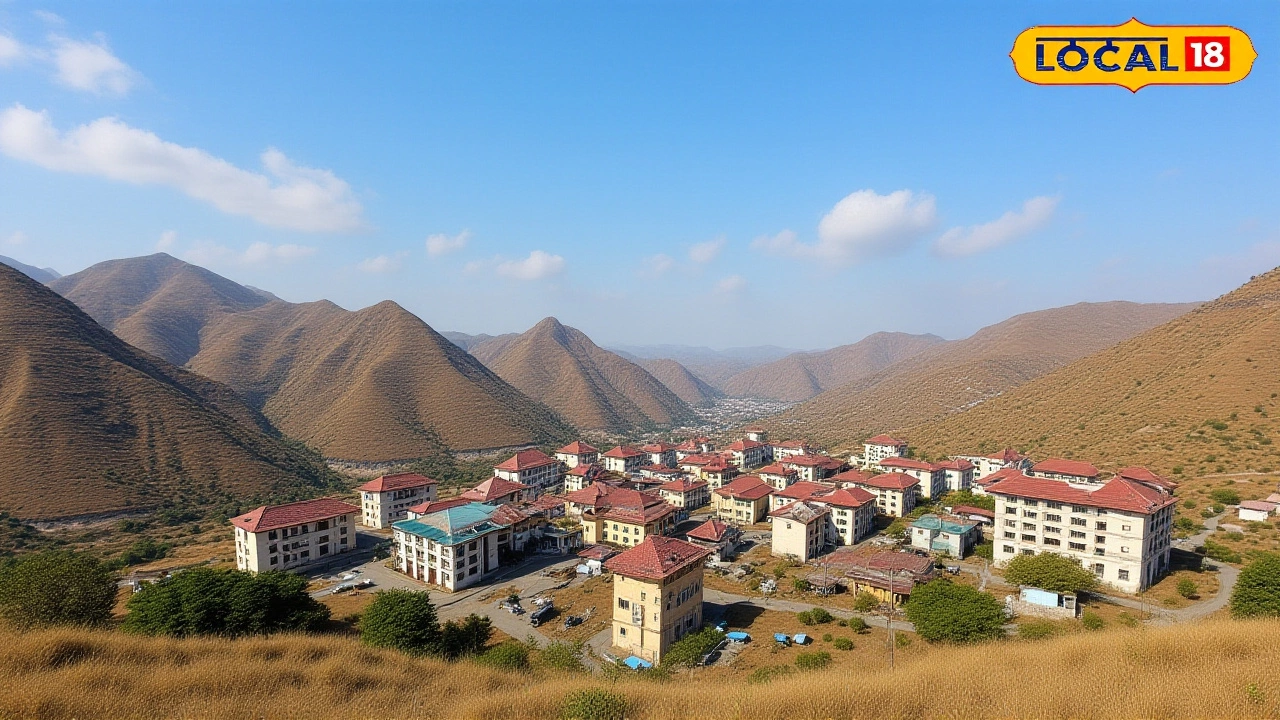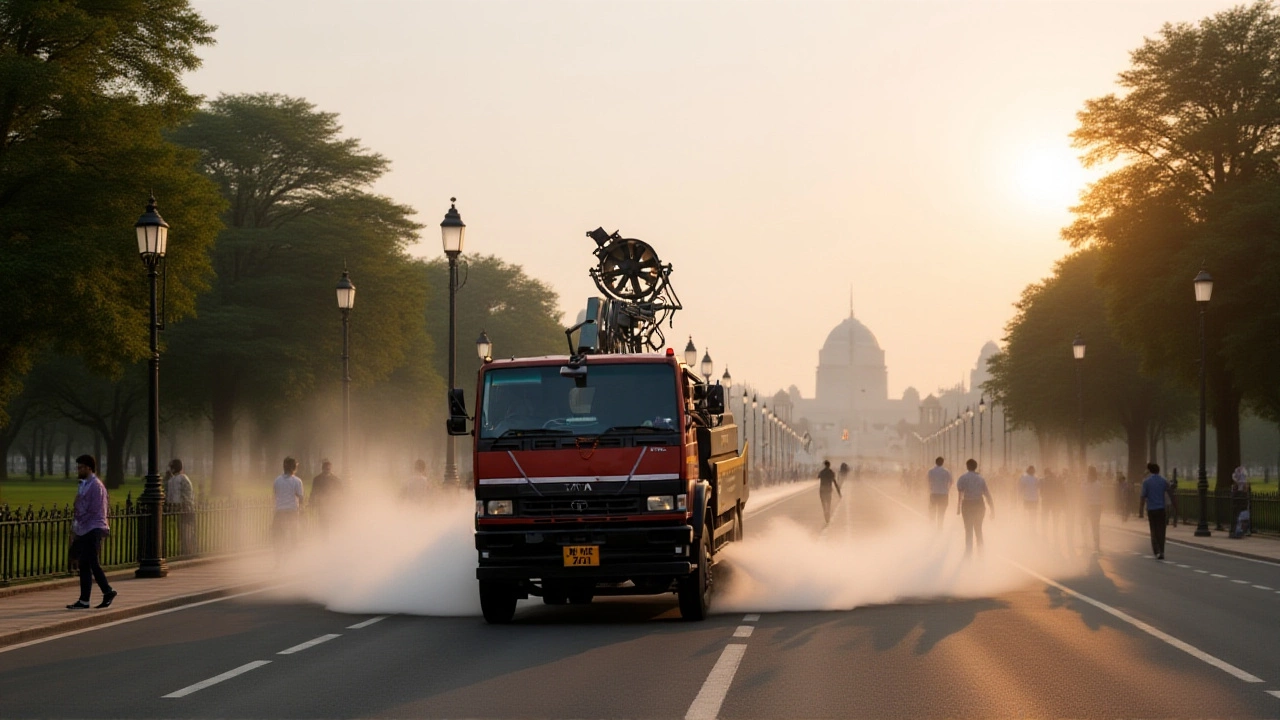
On Wednesday, October 29, 2025, residents across Uttar Pradesh woke up to clear skies and sweltering heat, with temperatures climbing to 86°F (30°C) and dropping only slightly to 68°F (20°C) at night—zero rainfall recorded. The day felt like a last gasp of summer before autumn’s gentle grip begins, and while the air was dry, the sun’s intensity demanded caution. With no rain expected and humidity hovering at low levels, the day unfolded as one of the most comfortable yet demanding October days in recent memory. For farmers in Bareilly, students in Varanasi, and commuters in Lucknow, the advice was simple: drink water, avoid midday sun, and plan outdoor tasks for early morning or dusk.
Four major weather platforms—Weather25.com, AccuWeather, Climate-Data.org, and EaseWeather.com—all agreed on one thing: October 29, 2025, would be dry. But their numbers didn’t always match. Weather25.com reported a statewide high of 86°F (30°C), while AccuWeather, focusing only on Lucknow, pegged the high at 77°F (25°C). Climate-Data.org listed 85.82°F (30°C), and EaseWeather.com confirmed 30°C with a low of 21°C. These variations aren’t errors—they reflect how localized microclimates behave. The Gangetic plains, where most of Uttar Pradesh lies, can swing 5–10°F between urban centers and rural fields in the same district.
The difference between statewide and city-specific forecasts isn’t just technical—it’s biological. Lucknow, with its tree-lined avenues, older buildings, and higher green cover, naturally retains less heat than open farmland in Agra or Meerut. AccuWeather’s data, which showed a low of 68°F (20°C) and a high of 77°F (25°C), may be more reflective of the capital’s actual feel. Meanwhile, rural areas in eastern Uttar Pradesh, where wind is minimal and humidity clings to the soil, likely felt closer to 90°F by noon. This is why the India Meteorological Department (IMD), though not cited in any of the public reports, typically issues district-level advisories. On this day, none were issued—meaning no emergency alerts, no flood risks, no power outages predicted.

October in Uttar Pradesh has become a climate signature. Over the past decade, average highs have held steady between 24°C and 34°C, with total rainfall rarely exceeding 37 millimeters. This year, Weather25.com notes only two rainy days expected all month—both after October 29. The first comes on October 30, with a mere 1.27 mm of patchy rain. The second, likely on November 1 or 2, will be the last of the season. What’s remarkable is how little this month has changed. In 2015, the average October temperature was 25.8°C; in 2025, it’s 28.1°C. That’s not a dramatic jump, but for people who’ve lived through monsoons that used to end in September, it’s noticeable. The heat is no longer a surprise—it’s the norm.
For farmers harvesting sugarcane in Saharanpur, the dry spell is welcome—no muddy fields, no delays. For schoolchildren walking to class in Allahabad, it’s a burden. Schools in several districts have quietly extended morning breaks and moved physical education indoors. Hospitals report a 12% rise in heat-related visits over the past week, mostly among elderly residents without AC. Weather25.com’s advisory—“drinking water regularly is advisable”—sounds obvious, but in places where tap water is unreliable, it’s a lifeline. Community centers in Ghaziabad and Kanpur have started offering free water refills from 8 a.m. to 11 a.m. and 4 p.m. to 7 p.m. The government hasn’t mandated it. But local leaders are acting.

By November 1, temperatures are expected to dip by 3–5°F across the state. AccuWeather’s preliminary outlook for November 2025 suggests highs in the low 80s (27–28°C), with morning lows near 60°F (15–16°C). That’s when the real relief comes—not just cooler air, but crisper mornings and the faintest hint of a breeze. October’s heat was a test. November will be the reward. For now, though, the sun still rules. Umbrellas aren’t needed. But water bottles? Essential.
Weather sites use different data sources and spatial resolution. Weather25.com averages conditions across all 75 districts, while AccuWeather focuses on city stations like Lucknow, which are cooler due to urban vegetation and building materials. Rural areas often run 5–10°F hotter than cities, especially in the afternoon.
Not really. October is typically the driest month after the monsoon retreats. The state averages just 37 mm of rain annually in October, spread over two days. This year’s forecast aligns with the past decade’s pattern—dry, hot, and predictable. What’s new is the higher baseline temperature, not the rainfall deficit.
Yes, particularly for the elderly, outdoor workers, and those without access to cooling. With temperatures consistently above 30°C and no rain to cool the air, dehydration and heat exhaustion are rising. Hospitals in Lucknow and Kanpur have seen a 12% spike in heat-related cases this week. Drinking water, wearing light clothing, and avoiding midday sun are critical.
The IMD didn’t issue any public alerts for October 29, 2025, because no extreme conditions were predicted. While the IMD provides official forecasts, private platforms like Weather25.com and AccuWeather often publish more granular or consumer-focused data. The absence of an IMD alert confirms the day was routine—not hazardous.
By early November, highs will drop to the low 80s°F (27–28°C), and nighttime lows will dip below 60°F (15°C). The real change comes after November 10, when mornings begin to feel crisp. This marks the start of the mild, dry winter season—Uttar Pradesh’s most pleasant time of year.
No formal advisories exist, but tourists should plan sightseeing for early morning or late afternoon. Sites like the Taj Mahal or Varanasi ghats are best visited before 10 a.m. or after 4 p.m. Carry water, wear a hat, and avoid strenuous activity between noon and 3 p.m. The heat won’t ruin your trip—it just requires smarter timing.